Historians have branded revised designs for the new Aberdeen Market as “disrespectful” to the Granite Mile – due to a lack of granite.
Heritage groups are battling to stop the framework of the former BHS store being demolished and replaced with a glass panel.
The council’s architects Halliday Fraser Munro tweaked the drawings for the multi-million-pound city centre site in June.
Installing a digital display at the Union Street entrance, scrapping the canopy above the Green and erecting metal totems around the market hall were among the changes.
It is hoped this would provide a “much more open, flexible and impressive” entrance space and draw more visitors.
But as work on the development gathers pace, residents have expressed doubts about the new designs for the Granite Mile entrance – asking “Where is the granite?”
So what exactly are the changes?
Under the original proposals, the concrete structure of the former BHS building was to remain intact to “respect the existing facade line” on Union Street.
However, architects later introduced a more “modern” design with glass panels, which they say would form a “dynamic beacon” in the city centre.
The proposed facade would be made out of “simple glass skin” that would allow views right through the food and drink market.
This space would also be used to host different art and light installations.
Meanwhile, the market hall would be built from ceramic glass – mimicking a TV studio in Lisbon, a library in Utrecht and the extension to the Usher Hall in Edinburgh.
And drawing inspiration from the new Meridian Water railway station in Enfield, the roof would be created with metal panels.
‘There is nothing Aberdonian about this’
While the council’s architects insist the glazed front on Union Street would not “upset the rhythm and majesty” of the street, residents are not convinced.
Thomas Lindsay thinks this design would ruin the aesthetics of the city centre, which prides itself on a line-up of traditional granite buildings.
Puzzled by why the plans are based on sites irrelevant to Aberdeen, he wrote: “There is nothing distinctly Aberdonian or ‘Granite Mile’ about the use of these materials.
“It would be good to see a design that respects the local building tradition, both in architectural style and choice of materials, and has a distinctly Aberdonian flavour.”
Jack Burnett-Stuart of Bon Accord Heritage echoed his words, saying the “generic” glass facade is an insult to the historically significant granite buildings on Union Street.
The vice-chairman of the charity working to restore the B-listed Bon Accord Baths also condemned the design of the other entrance on Market Street.
He reckons this one should be inspired by the work of renowned Aberdeen architect Archibald Simpson, and built as a replica of his lost Market Hall masterpiece.
Mr Burnett-Stuart adds: “How is it that the architects can get away with producing such an inappropriate design, that is disrespectful of Aberdeen’s unique built heritage?
“Why are the council and the planners not demanding better architecture for such a significant location?”
‘Brutal development with no humanity’
And Susan Smith thinks the proposed Aberdeen Market development would be “too stark because of the large amount of glass”.
In her comment to the council, Ms Smith wrote: “Union Street elevation is bland and breaks rhythm of the street in that area.”
She added: “Current guidance stipulates that the design of a building of non-granite materials in areas where granite predominates must be exceptional. This one is not.
“The development is brutal with no humanity.”
What do you think? Let us know in our comments section below
But why were the Aberdeen Market designs changed?
Some of the changes – such as removing the canopy planned to shelter the Green – were as a result of public feedback.
Others, however, were initiated by council chiefs to provide more open public spaces and add a more “exciting” flare to the city centre in effort to increase footfall.
Earlier this week, they revealed the McGinty’s Group is their preferred bidder to take on the market and make it a “destination venue”.
It was another step forward in plans to give Union Street a more international feel, bringing a food and drink market with local producers.
The space was also designed to be flexible and open so it could host a variety of events throughout the year.
You can see the plans for yourself here.
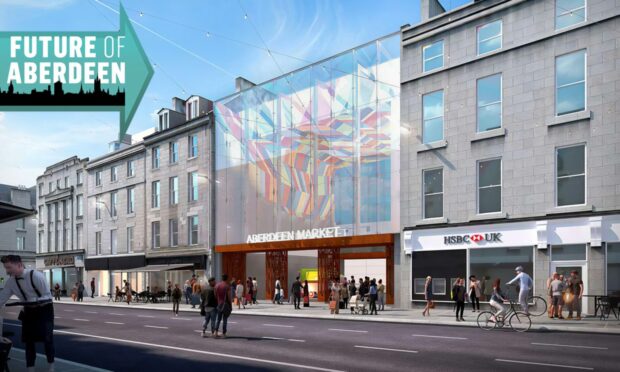
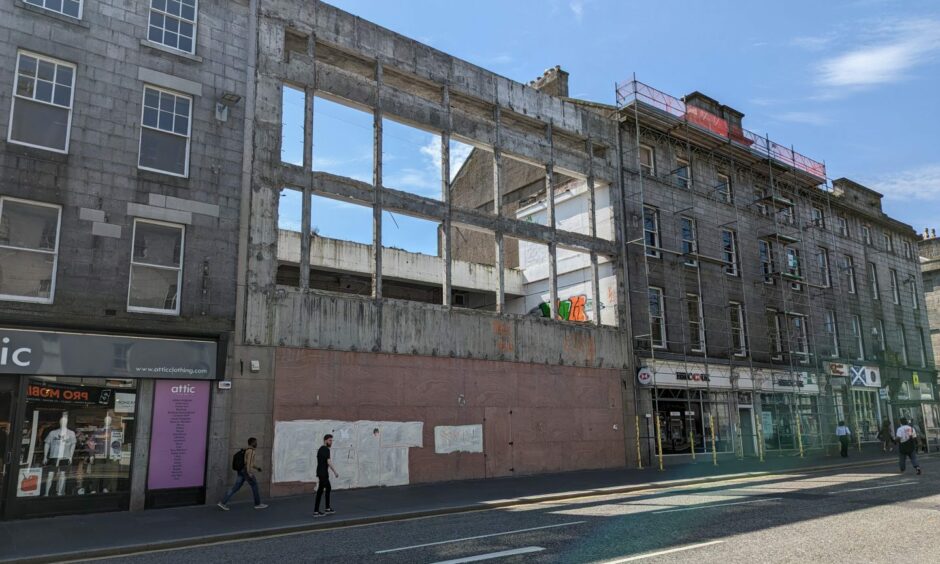
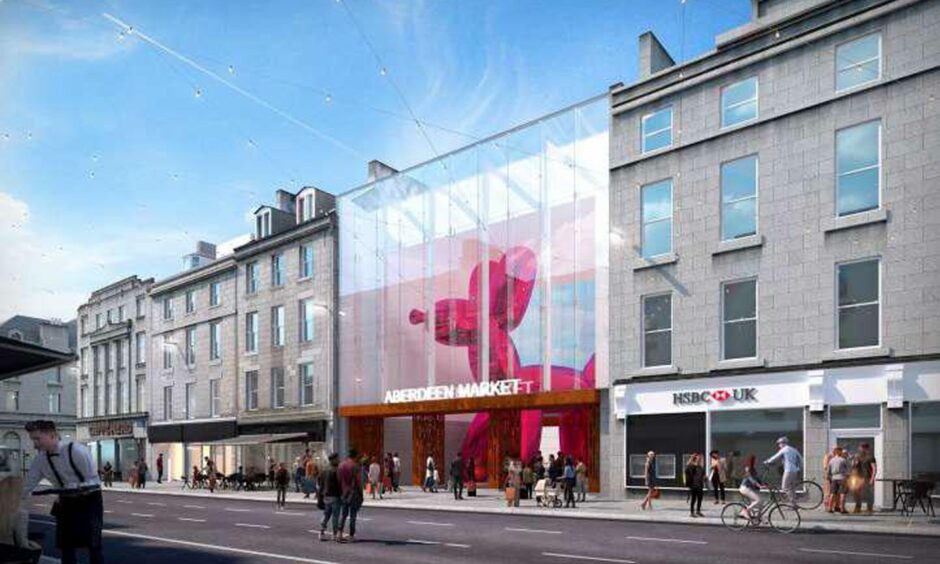
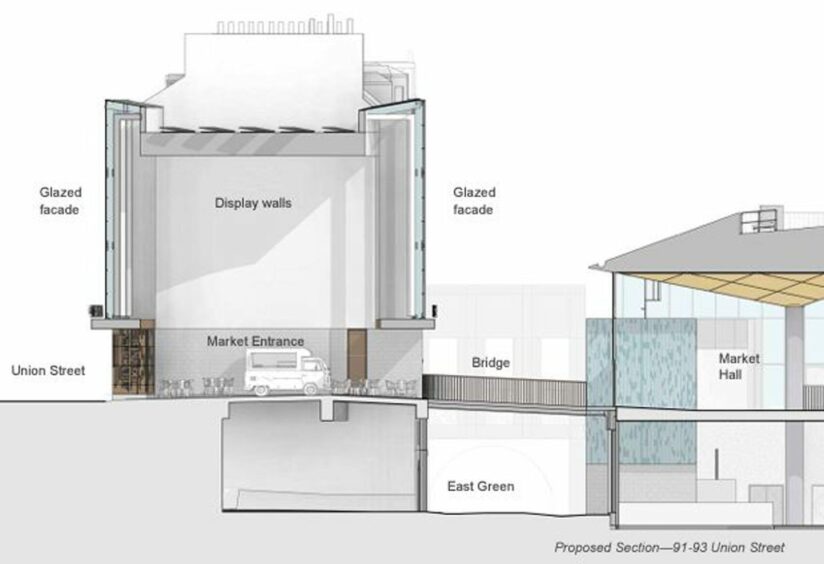
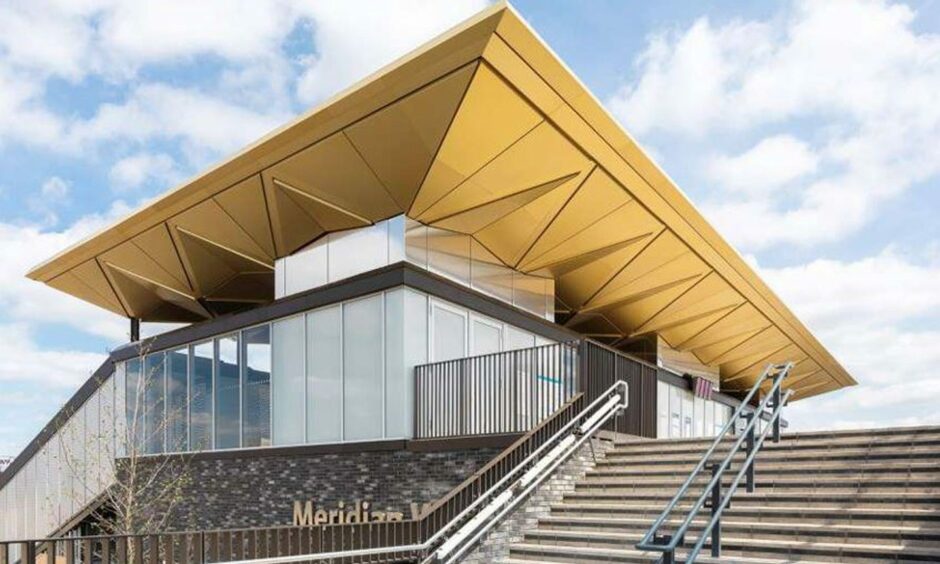
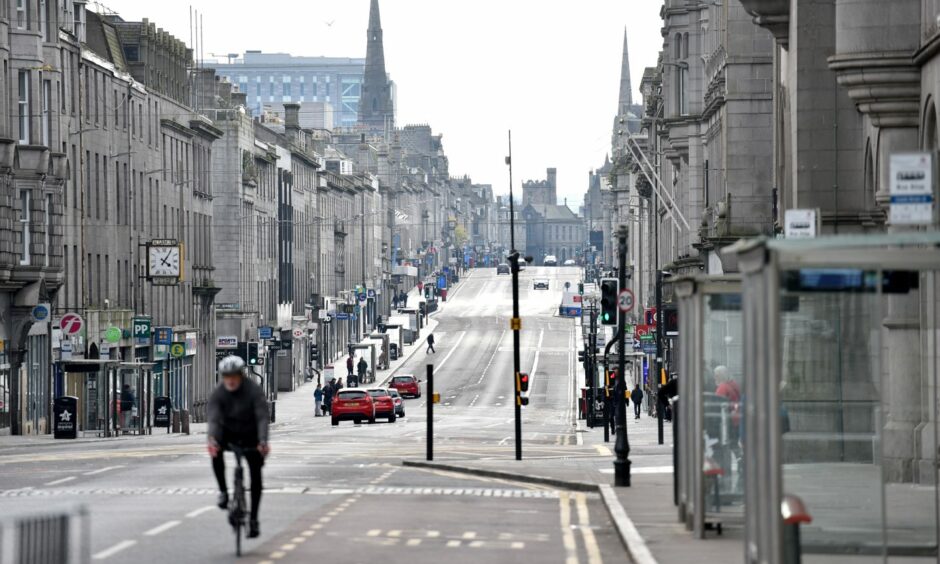

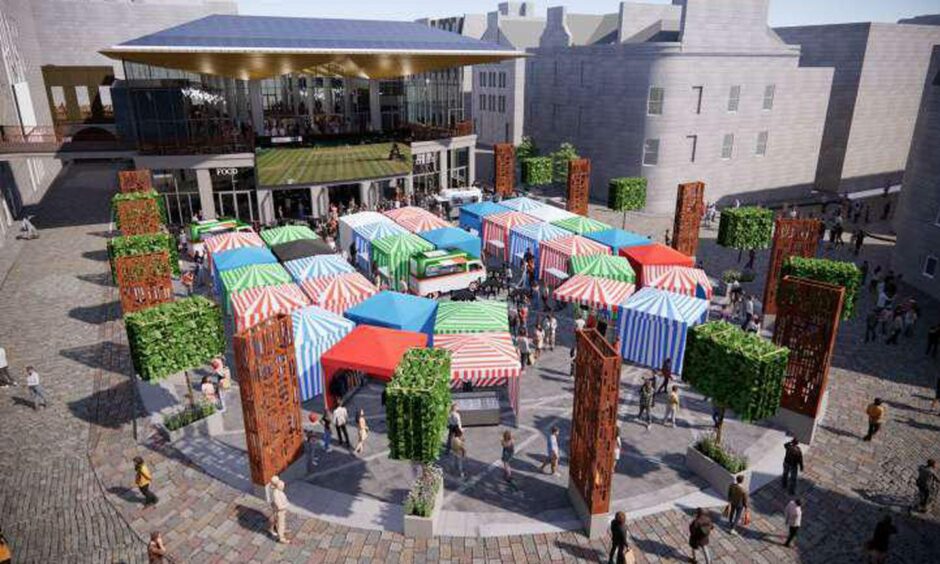

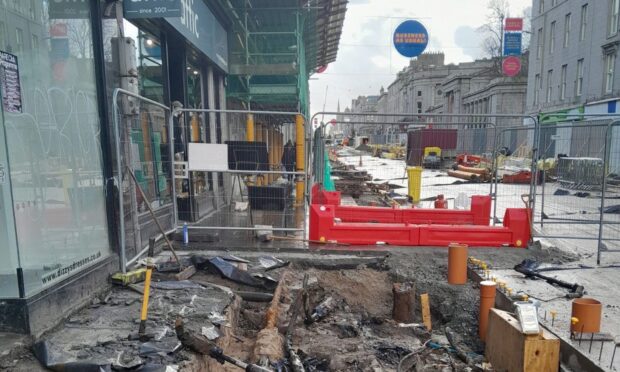
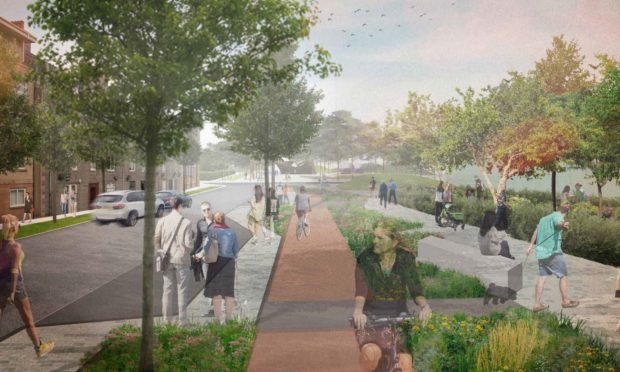
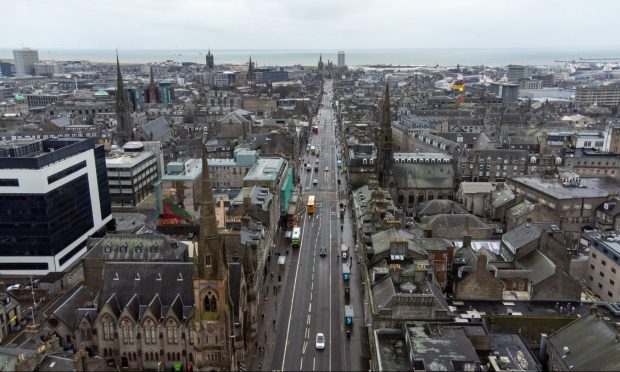
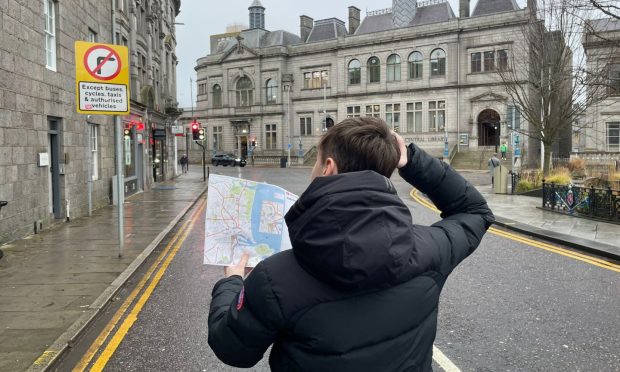
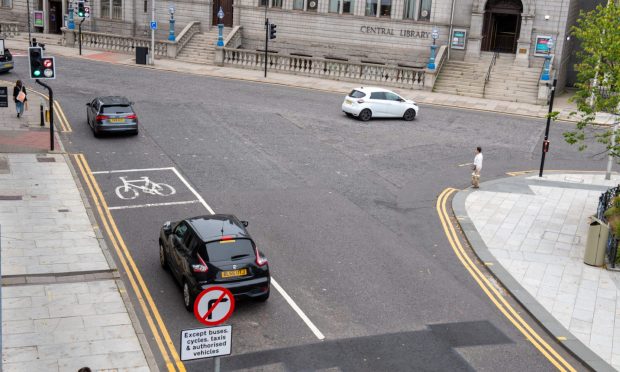
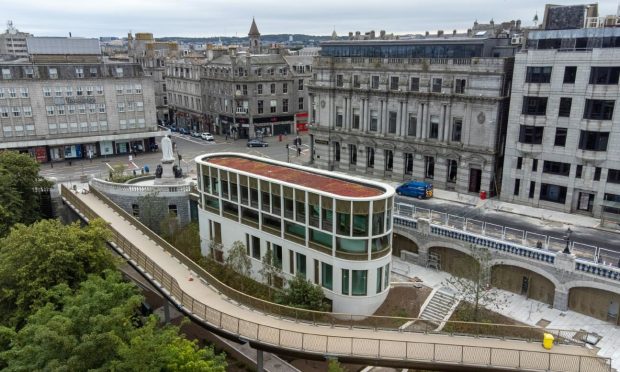
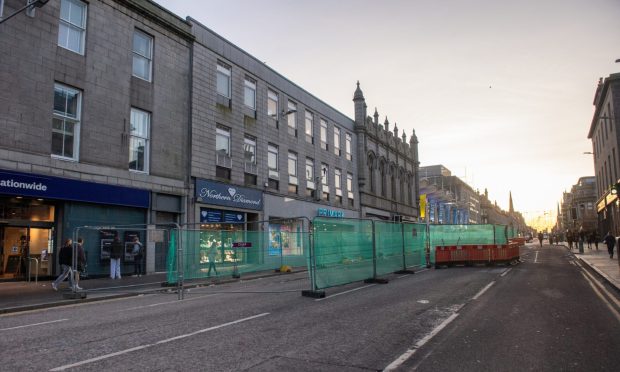
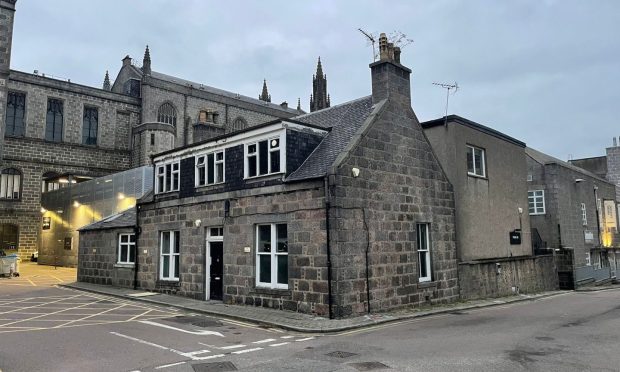
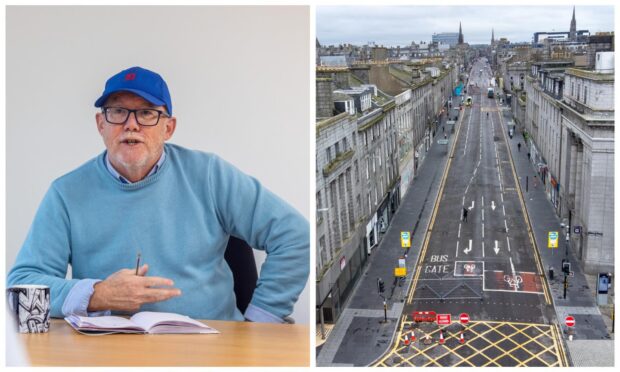

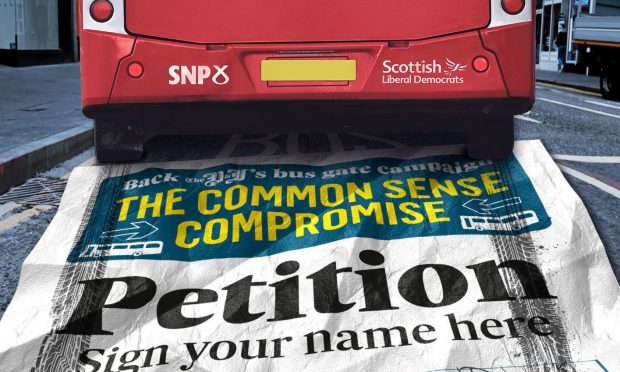
Conversation